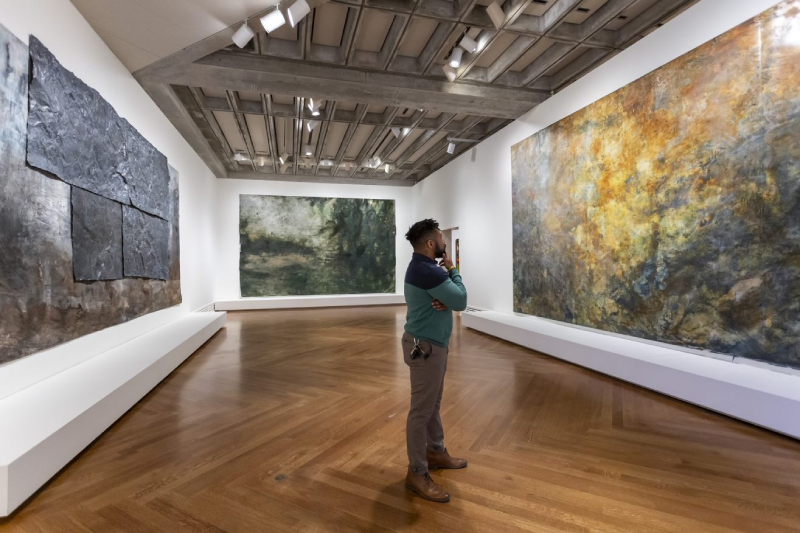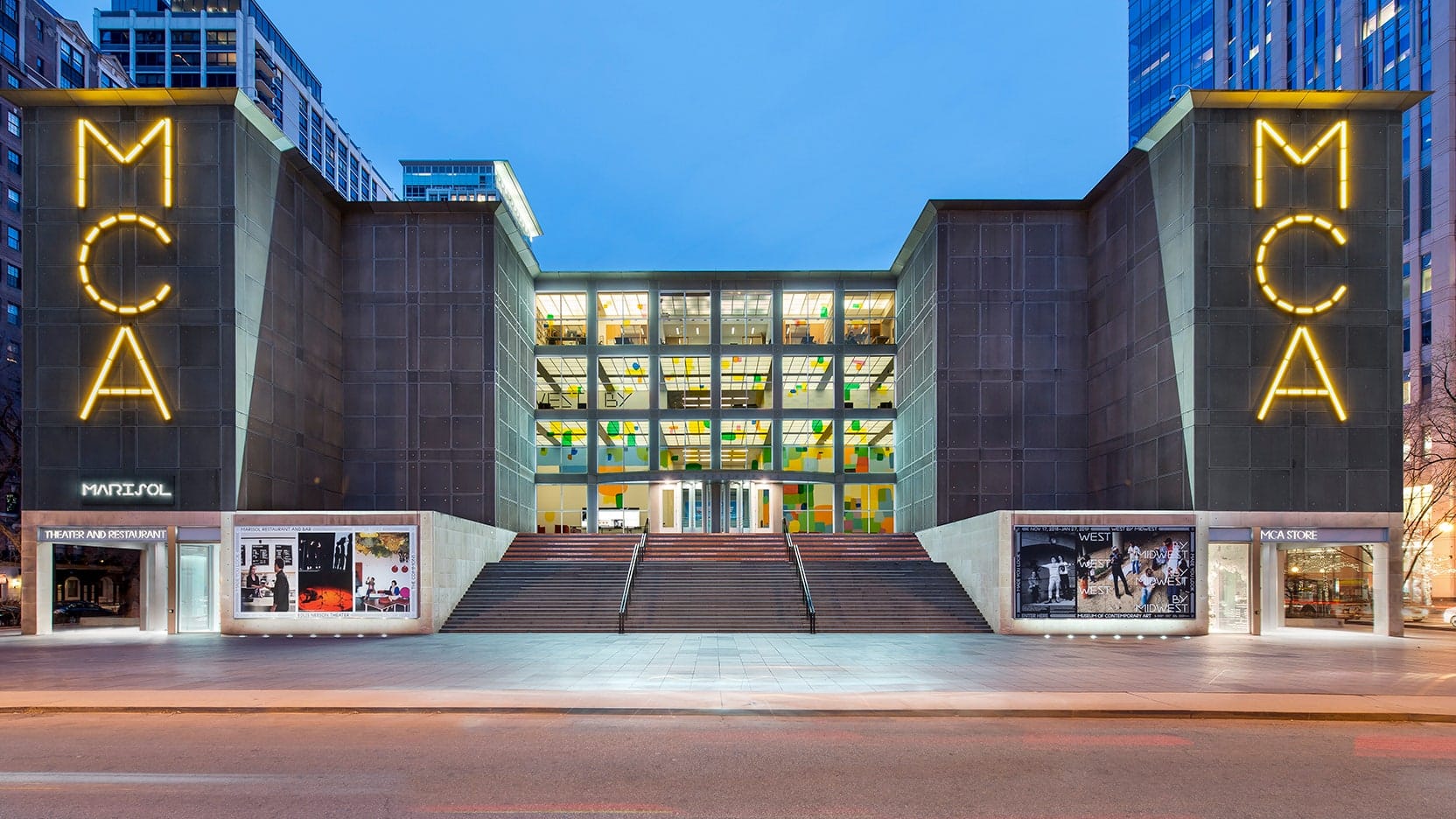
Overview of Contemporary Art Museums
Definition of Contemporary Art
Contemporary art refers to the art of today, produced by artists who are alive and working in the 21st century. It encompasses a wide range of mediums, including painting, sculpture, performance, and digital art, reflecting current themes such as identity, globalization, and technology. This dynamic nature makes contemporary art accessible and relevant.
Evolution and Purpose of Art Museums
Art museums have transformed from mere repositories of historical works to vibrant spaces for engagement and education. Today’s museums aim to:
- Showcase diverse artistic expressions: Providing a platform for various voices and perspectives.
- Educate the public : Offering programs and discussions that deepen appreciation for art.
- Foster innovation : Supporting artists through residencies and commissions, inspiring new creations.
These evolving purposes highlight how contemporary art museums play a crucial role in cultural dialogue and community building.
Notable Contemporary Art Museums Around the World
Museum of Modern Art (MoMA), New York
The Museum of Modern Art, or MoMA, stands as a beacon of contemporary creativity in the heart of New York City. Known for its unrivaled collection of modern masterpieces, it houses iconic works by artists such as Picasso and Van Gogh. A visit there delights the senses, offering:
- Interactive installations
- Thought-provoking exhibitions
- Engaging educational programs
Tate Modern, London
Next, the Tate Modern in London continues to redefine how we experience art. Located in a former power station, this vast museum features an extensive range of contemporary works from global artists. It’s a delightful space to explore immersive art forms alongside:
- Innovative installations
- Stunning views of the Thames
- Café and social spaces for reflection
Centre Pompidou, Paris
In Paris, the Centre Pompidou is renowned for its striking architecture and vibrant atmosphere. It houses one of the most extensive collections of modern and contemporary art in Europe. Visitors can enjoy:
- A diverse range of exhibitions
- A vast public library
- Breathtaking views from the rooftop terrace
Together, these museums not only celebrate contemporary art but also foster an ongoing dialogue about culture and creativity worldwide.
Architectural Marvels: Design of Contemporary Art Museums
Gehry’s Guggenheim Museum Bilbao
Frank Gehry’s Guggenheim Museum in Bilbao, Spain, is an architectural masterpiece that has transformed the city. Its whimsical, organic forms seamlessly complement the surrounding landscape. The museum not only showcases contemporary art but also:
- Boosts local tourism
- Serves as an exemplar of modern design
- Features iconic works by artists like Jeff Koons
The Broad, Los Angeles
In Los Angeles, The Broad offers a striking façade known as “the veil,” an intricate honeycomb pattern that invites curiosity. This museum emphasizes contemporary art from the 1950s onward and provides an intimate viewing experience through:
- Vast gallery spaces
- Free general admission
- Interactive installations
The Louvre Abu Dhabi
Lastly, the Louvre Abu Dhabi merges culture with engineering brilliance. Its stunning dome creates a “rain of light,” enhancing the visitor experience. This museum is a symbol of global artistic exchange, featuring artworks that range from ancient to contemporary, including:
- An impressive collection of 600 artworks
- Architecture that reflects a dialogue between cultures
- Family-friendly programs that engage diverse audiences
These museums exemplify how architecture can enhance the experience of contemporary art, inviting exploration and reflection.
Contemporary Art Collections: Highlights and Significance
Permanent Collections vs. Temporary Exhibitions
Contemporary art museums often showcase both permanent collections and temporary exhibitions. Permanent collections serve as a foundation, featuring iconic works that reflect an institution’s mission and narrative. In contrast, temporary exhibitions allow museums to:
- Explore current trends
- Highlight emerging artists
- Encourage fresh perspectives
Impact of Digital Art and Installations
Furthermore, the rise of digital art and installations is reshaping contemporary collections. Artists are now using technology to create immersive experiences that engage viewers in new ways. This innovation leads to:
- Interactive installations that invite participation
- Use of virtual reality to enhance storytelling
- Expanding definitions of what art can be
Together, these elements underscore the importance of contemporary art collections in fostering cultural dialogue and innovation.
Engaging Visitors: Interactive Experiences in Contemporary Art Museums
Audio Guides and Multimedia Tools
To enhance the visitor experience, contemporary art museums increasingly employ audio guides and multimedia tools. These resources allow guests to explore exhibits in-depth, providing context and insights that enrich their understanding. For instance:
- Guided audio tours offer narratives from artists and curators.
- Interactive kiosks present fascinating behind-the-scenes stories.
These tools make art accessible and relatable, sparking deeper connections.
Interactive Installations and Virtual Reality
Additionally, interactive installations and virtual reality (VR) experiences are revolutionizing how visitors engage with art. Instead of simply observing, they can:
- Step into immersive environments that shift perceptions.
- Participate in collaborative projects that invite creativity.
This hands-on approach transforms the museum visit into an unforgettable journey, fostering an appreciation for art that resonates long after leaving the gallery.
Challenges and Controversies in Contemporary Art Museums
Cultural Appropriation and Censorship
Contemporary art museums often find themselves navigating the complex waters of cultural appropriation and censorship. The delicate balance between celebrating diverse cultures and respecting their origins can lead to heated debates. For example:
- Some artists face backlash for misappropriating cultural symbols.
- Exhibitions may be censored due to sensitive content or political implications.
These challenges raise important questions about representation and inclusivity in the art world.
Balancing Commercialization and Artistic Integrity
Moreover, as contemporary art museums strive for financial sustainability, the tension between commercialization and artistic integrity becomes palpable. Museums sometimes face dilemmas such as:
- Decisions about corporate sponsorships and their influence on curatorial choices.
- The necessity of attracting visitors while maintaining authenticity.
This ongoing balancing act is crucial to preserving the integrity of artistic expression while remaining relevant in a commercial landscape. These challenges provoke necessary conversations about the future of art museums and their role in society.
Future Trends: Sustainability and Innovation in Art Museums
Green Initiatives and Eco-Friendly Practices
As contemporary art museums evolve, sustainability and eco-friendliness are at the forefront of their initiatives. Many institutions are embracing green practices that not only reduce their carbon footprint but also set a precedent for cultural responsibility. Examples include:
- Utilizing solar panels to power operations.
- Implementing recycling programs to minimize waste.
These steps showcase a commitment to the environment that resonates with visitors increasingly concerned about climate issues.
Embracing Virtual Exhibitions and Online Platforms
Additionally, the rise of virtual exhibitions and online platforms is reshaping how art is accessed and appreciated. This innovation provides unprecedented opportunities for:
- Wider audience reach without geographical limitations.
- Interactive online exhibitions that offer immersive experiences.
Embracing these trends allows museums to stay relevant, inviting a new generation to engage with art in unique ways. Together, these advancements signal a bright future for contemporary art museums, where sustainability and innovation go hand in hand.
